A Missouri couple have returned home with their rare identical girl triplets more than one month after their birth, but they are still finding it difficult to tell them apart.
Brad and Laura Partridge from Des Peres, celebrated the successful delivery of their daughters Sonja, Sylvia and Scarlet, on March 19 – seven weeks before their due date.
Despite kitting them out with color-coded outfits, Mr Partridge told NewsmagazineNetwork.com that he constantly gets the newborns mixed up, especially when his wife sends photos and asks him to ‘guess who’.
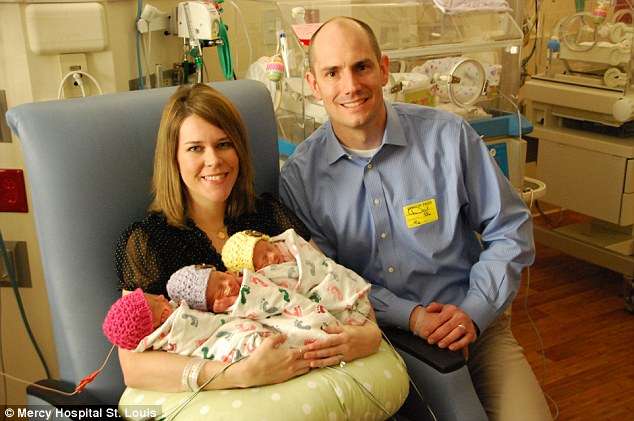
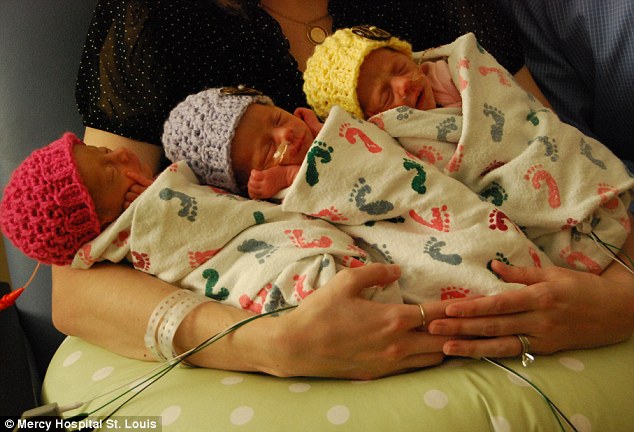
‘I don’t think I’ve gotten one right yet,’ he admitted.
‘We know it’s just going to take some extra coordination and focus to make sure we don’t get them mixed up, but they’ll eventually be developing their own little quarks and personalities to tell them apart.’
However Mrs Partridge,34, is better at identifying her babies by looking at the shape of their faces.
‘Our smallest, Scarlett, her face is still a little bit thinner and more petite . . Sonja, who has the biggest face, is a little fuller,’ the mother-of-five explained.
However, she said as they grow and their bodies change shape it will become increasingly difficult to work out who is who.
‘When everyone is at the exact same weight, once they’re bundled up in blankets and have their hats on and their eyes closed – it’s going to be like looking at the same baby times three.’
Making it easier to identify their daughters the Partridges devised a nifty plan.
‘We know it’s just going to take some extra coordination and focus to make sure we don’t get them mixed up’
‘Everyone has a signature colour,’ Mrs Partridge told MailOnline. ‘Pink for Scarlett, purple for Sylvia and yellow for Sonja, and they have corresponding outfits.
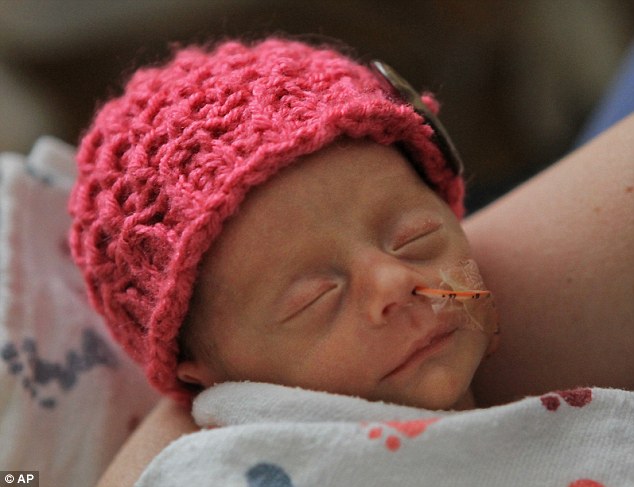
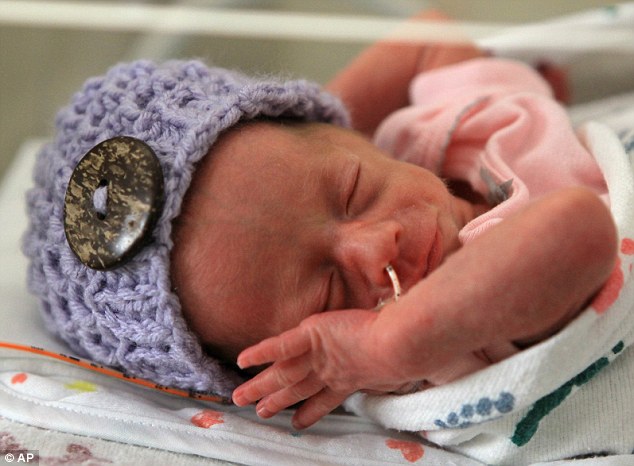
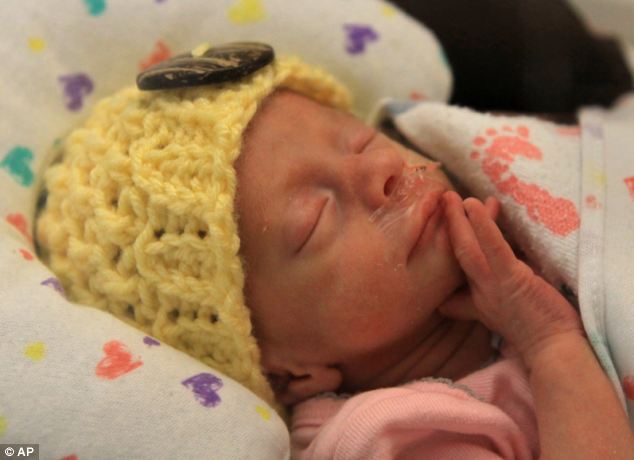
‘A friend is even getting me non-toxic nail polish for their toenails so that way we know for sure who’s who in the middle of the night, or during a bath.’
After they were born the three sisters, who all weighed three pounds, remained in intensive care at Mercy Children’s Hospital until they reached certain feeding and weight goals.
The Partridges, who also have a three-year-old son, Stephen, and a 17-month-old daughter, Stella, conceived the triplets without the use of fertility treatments.
Recalling the news that she was pregnant with triplets at her eight-week scan Mrs Partridge said: ‘The doctor said, “There’s one… There’s two…” I was like, “What!”
‘I honestly don’t even remember her telling me about the third. They were sharing one placenta so we knew they would be identical.’
The only multiple births on either side of the family are Mr Partridge’s grandmother’s twin sisters.
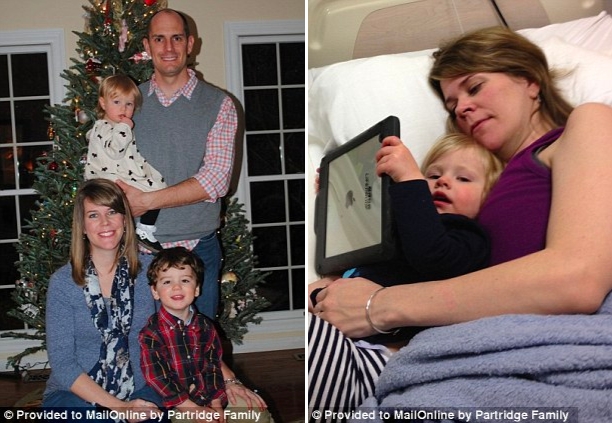
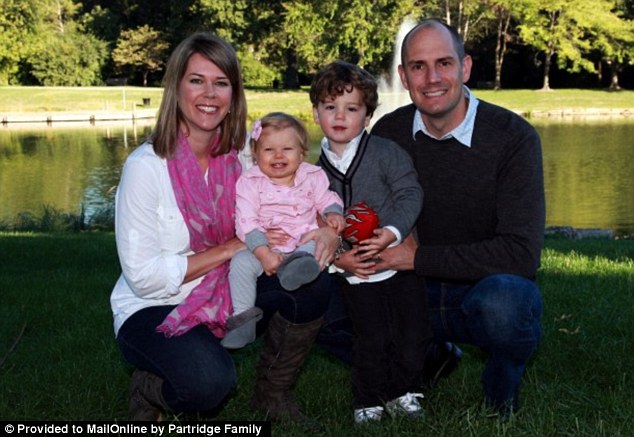
After their initial shock subsided, the Partridges grew concerned about the dangers.
‘They told us the scary statistics,’ she said. ‘We weren’t able to celebrate like we were with our other two children. I think it really wasn’t until they were actually born that I could relax.’
The family is now overjoyed at getting to know the new additions; Mrs Partridge said that as well as being identical, they’re even alike in personality and take it in turns to have a ‘feisty’ day.
The couple introduced their other children to the babies on Easter Sunday at hospital.
‘It was a bit overwhelming for my son,’ Mrs Partridge said of Stephen. ‘He covered his eyes when he saw the babies because there were machines and tubes around.
‘But he thought it was neat that they weren’t crying and always talks about going to visit them at the hospital again.’
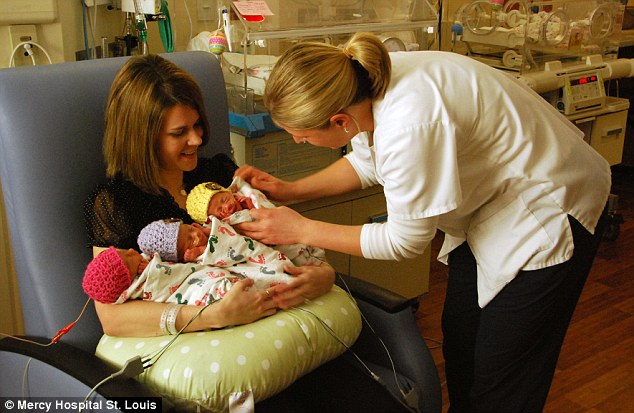
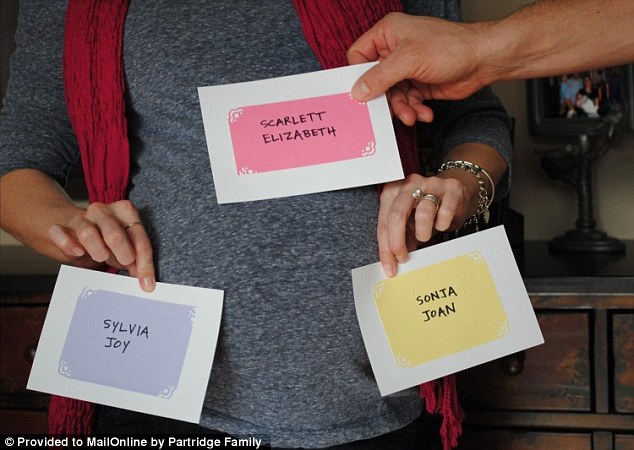
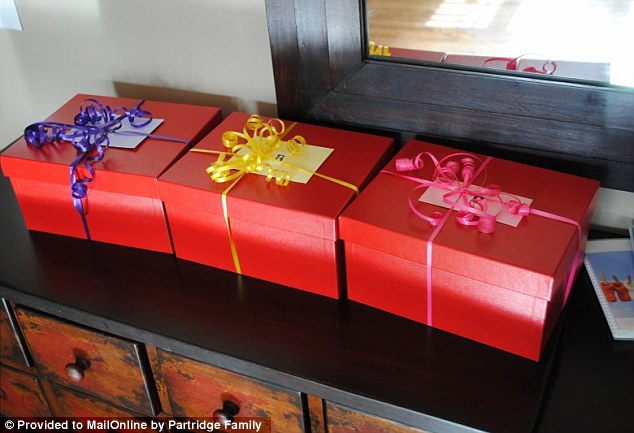
The likelihood of having identical triplets is unknown, but some estimates range from one in 60,000 births to one in 200 million.
Obstetrician Dr. Gilbert Webb said the Partridge trio are only the third set of triplets he has seen in his 27-year career.
‘It is extremely rare to have three babies share the same placentas,’ he said. ‘I’m so happy for Laura and Brad that their beautiful new babies are doing well.’
Mrs Partridge said relatives, neighbors and church friends have helped with the babies’ return home.
‘Everyone has been wonderful,’ she said – and the love is paying off.
‘They are all doing very well,’ Mr Partridge added of his baby girls. ‘They are our one in 200 million babies.’
Share or comment on this article: Identical triplet girls finally allowed home one month after birth – but poor dad STILL can’t tell them apart.
